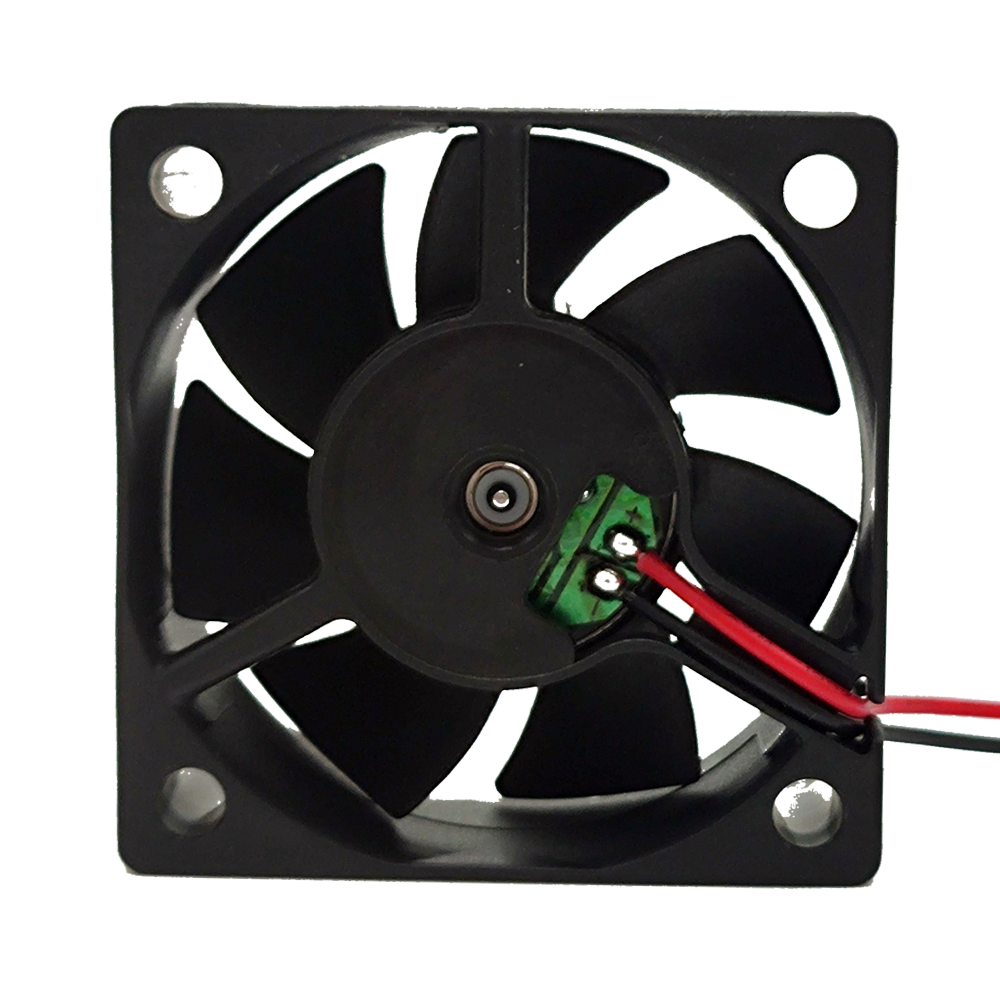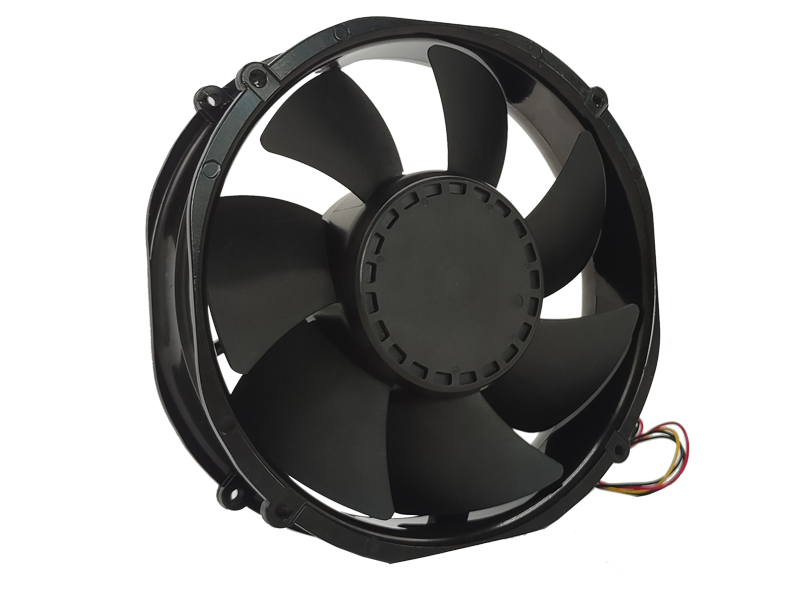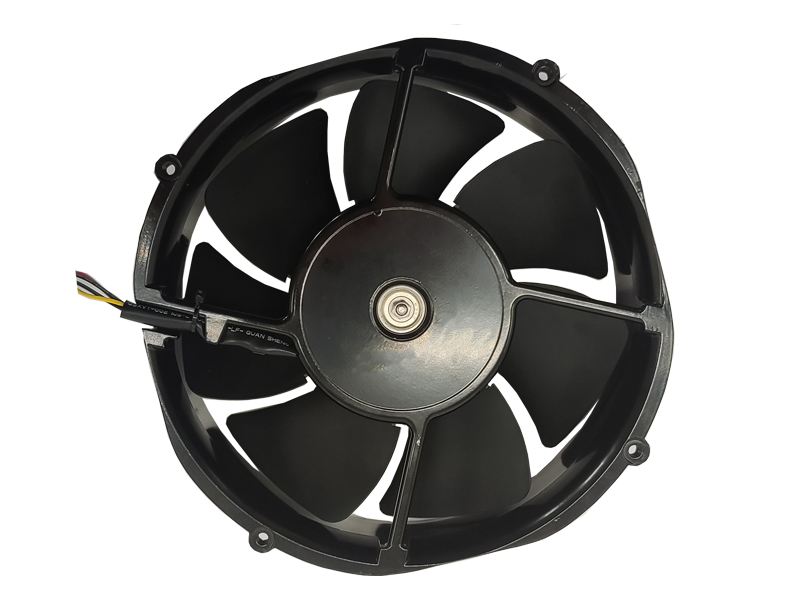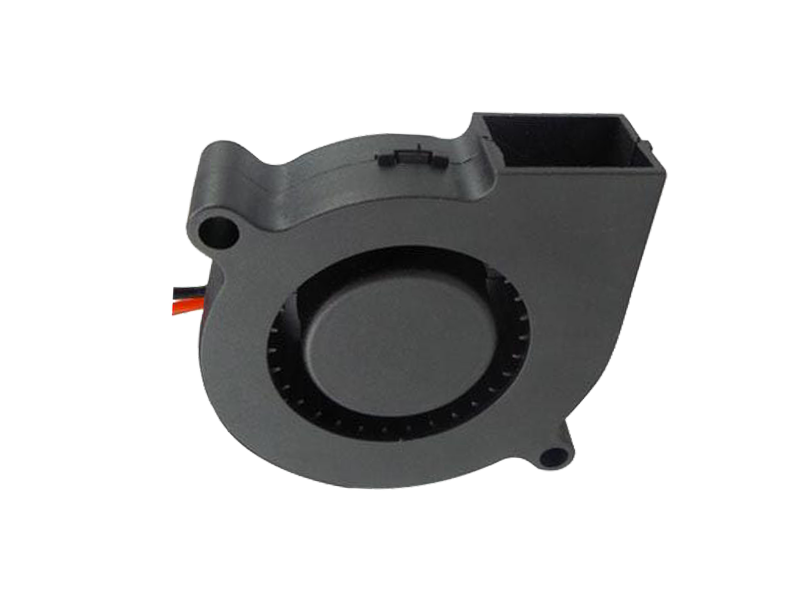In the industrial sector, maintaining a safe and efficient working environment is crucial. Whether it’s a factory floor, a warehouse, or a construction site, controlling the temperature and airflow is necessary for both employee comfort and equipment performance. Industrial fans, as essential components of HVAC systems, play a critical role in this process. From reducing heat buildup to improving air circulation, the role of industrial fans extends beyond simple air movement, influencing the operational efficiency of businesses. This article explores how industrial fans are designed to optimize performance and efficiency, and why selecting the right fan is paramount in product development.
1. The Role of Industrial Fans in Product Design
Industrial fans are not just about moving air—they are designed to address a wide variety of operational challenges. As the demand for better environmental control in manufacturing facilities increases, industrial fans have evolved from basic cooling devices to highly sophisticated products that offer customized solutions.
Heat Dissipation: In many industrial applications, machinery such as computers, servers, and manufacturing equipment generates substantial heat. Industrial fans are designed to mitigate heat buildup, thereby preventing equipment malfunctions or downtime caused by overheating. This is particularly crucial in areas such as power plants or server rooms where the temperature must be controlled within a narrow range to maintain optimal performance.
Air Circulation and Ventilation: Industrial fans are used to ensure proper air circulation throughout large areas. Factories or warehouses with high ceilings or crowded machinery need efficient airflow systems to ensure that fresh air is distributed evenly. In manufacturing plants where hazardous fumes or dust are produced, industrial fans are integral to maintaining air quality and preventing the buildup of dangerous particles.
Energy Efficiency: As industries increasingly focus on sustainability, the need for energy-efficient solutions is growing. Modern industrial fans are designed to consume less power while maintaining high performance. Energy-efficient motors and aerodynamic blades are two key components that help reduce operational costs, thus making fans not only more environmentally friendly but also cost-effective over time.
2. Types of Industrial Fans and Their Applications
There are several different types of industrial fans, each suited for specific applications. Choosing the right type of fan is a crucial part of product development, as it directly impacts operational efficiency and safety.
Axial Fans: These are the most commonly used industrial fans and are designed for low-pressure, high-airflow applications. They are ideal for environments where large volumes of air need to be moved, such as warehouses, ventilation systems in mines, or cooling systems in power stations. Axial fans are highly effective in these settings because they provide a high flow of air with relatively low energy consumption.
Centrifugal Fans: Centrifugal fans are designed to move air at a higher pressure and are often used in applications that require long-distance air movement or higher resistance, such as in exhaust systems, dust collection systems, or industrial dryers. These fans are often used in systems where airflow resistance is a key factor, and they are typically more robust than axial fans.
Mixed Flow Fans: Mixed flow fans are a hybrid between axial and centrifugal fans, combining the benefits of both. These fans provide a moderate pressure rise and are highly efficient in terms of airflow and energy consumption. They are commonly used in large industrial settings where a balance between airflow and pressure is necessary.
3. Factors to Consider When Designing Industrial Fans
When designing industrial fans for a specific application, several factors must be taken into consideration. These include the size of the facility, the type of air needed (e.g., fresh air, cooled air, exhaust), and energy efficiency. In product design, addressing these considerations ensures that the fan is not only functional but also cost-effective over its lifecycle.
Airflow Requirements: Different applications require different amounts of airflow. For instance, a cooling fan for a machine might require less airflow than a ventilation fan for an entire factory. Designers must determine the precise airflow requirements and select fans that can meet these specifications without excessive power consumption.
Material Durability: Industrial fans must be able to withstand harsh environments, including exposure to chemicals, extreme temperatures, and constant vibration. As such, materials used in fan construction, such as stainless steel, galvanized steel, or composite materials, need to be carefully chosen to ensure longevity and resistance to wear and tear.
Noise Control: Noise is a critical consideration, especially in environments where employees are present for extended periods. High noise levels can lead to worker fatigue and reduce productivity. Fans must be designed to operate at acceptable noise levels, using materials such as sound-damping coatings and vibration reduction systems to minimize disruption.
Maintenance and Longevity: Maintenance costs are a major concern for industries. Industrial fans should be designed for easy maintenance and long-term durability. Features such as tool-free access for cleaning and lubrication, as well as corrosion-resistant coatings, are valuable in enhancing the product’s lifespan and reducing downtime.
4. The Future of Industrial Fans: Technological Advancements

As industries continue to embrace automation, energy efficiency, and digital monitoring, industrial fans are also evolving. Technological advancements in materials, motor designs, and control systems are paving the way for smarter, more efficient fans.
Smart Fans: One of the key innovations in industrial fans is the integration of smart technology. Smart fans can be connected to an industrial IoT (Internet of Things) system, allowing facility managers to monitor the fans’ performance in real-time. This data can be used to optimize airflow, predict maintenance needs, and even detect early signs of fan failure, thus improving reliability and reducing operational costs.
Advanced Motors: The use of advanced, energy-efficient motors, such as brushless DC motors, is transforming the design of industrial fans. These motors use less power, generate less heat, and require less maintenance, contributing to long-term cost savings.
Noise Reduction Technologies: Future designs will continue to focus on reducing noise levels. Technologies such as adaptive blades and advanced aerodynamic features are being incorporated into fan designs to minimize sound output, making industrial fans quieter without sacrificing performance.
Conclusion
Industrial fans are a critical component of the modern industrial landscape, providing solutions to challenges related to heat dissipation, ventilation, air circulation, and energy efficiency. The careful selection and design of industrial fans are essential for optimizing performance in various industrial applications. As industries continue to prioritize sustainability, safety, and efficiency, advancements in fan technology will play an integral role in improving operational efficiency and reducing environmental impact. For product designers, understanding the unique demands of different industrial environments is key to creating high-performance, energy-efficient solutions that meet the evolving needs of the marketplace.
Recommended Products

The main purpose:Car charging station

The main purpose:Car charging station

The main purpose:Electronic refrigerators, water dispensers, direct drinking machines, inverter power supplies
Address:No. 4137, Longgang Avenue (Henggang Section), Henggang Community, Henggang Street, Longgang District, Shenzhen
hotline:13530005572(Chen)15112579390(Li)


Welcome all friends to come for consultation and negotiation.
Copyright 2024 @ Shenzhen Youneng Xinyuan Electronics Co., Ltd.,(industrial fans,industrial blowers,axial fans,cooling fans manufacturer,centrifugal fans,ac cooling fans,dc cooling fans)